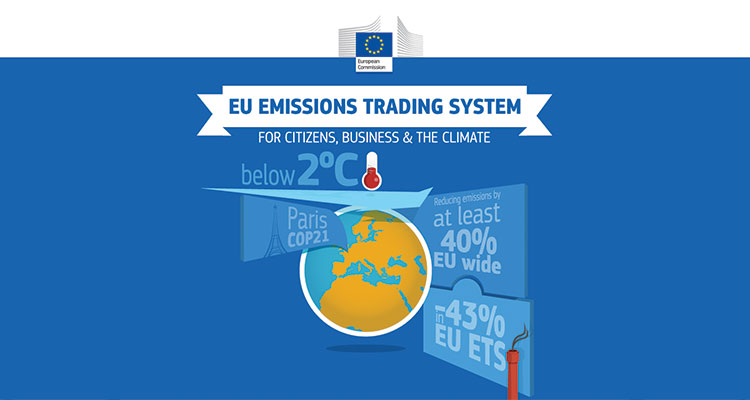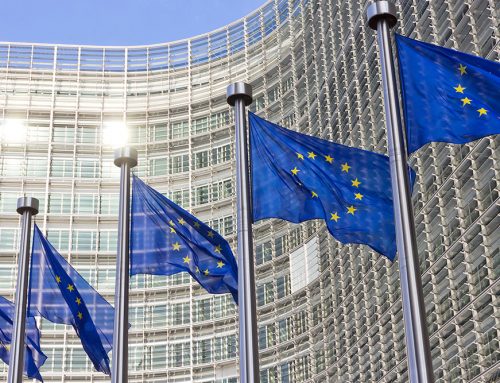The EU has today moved one step closer to linking its Emissions Trading System (EU ETS) for the first time. The Commission adopted two proposals to finalise an agreement with Switzerland on linking the EU ETS with the Swiss emissions trading system. Linking the European system with other systems expands opportunities for emissions reductions and reduces costs. Once the agreement with Switzerland takes effect, participants in the EU ETS will be able to use units from the Swiss system for compliance, and vice versa.
Climate Action and Energy Commissioner Miguel Arias Cañete said: “After much hard work on both sides, I am proud of the progress we have made with our Swiss colleagues. As the world’s largest cap and trade system, we have always aimed to promote the growth of the international carbon market.”
Negotiations between the Commission and Switzerland opened in 2010. A linking agreement was initialled in January 2016 but the signature and conclusion of the agreement were put on hold following the Swiss referendum.
Following high-level contacts and a change in Swiss legislation, a meeting between Commission President Jean-Claude Juncker and Swiss President Doris Leuthard in April (see press conference and SPEECH/17/897) opened the path for today’s decisions.
The Commission’s proposal for the signature of the agreement and a proposal for its conclusion (ratification) will now be discussed by the Council of Ministers of the European Union. The Council will require the consent of the European Parliament in order to conclude the agreement. Subject to final conclusion, the agreement could be signed before the end of the year. The entry into force would take place at the start of the year that follows ratification by both sides.
The EU ETS is a key tool to tackle climate change with a view to reducing greenhouse gas emissions. It is the world’s first major carbon market and its biggest one. In October 2014, the European Council agreed on the 2030 climate and energy policy framework for the EU setting an ambitious economy-wide domestic target of at least 40% greenhouse gas emission reduction for 2030.




